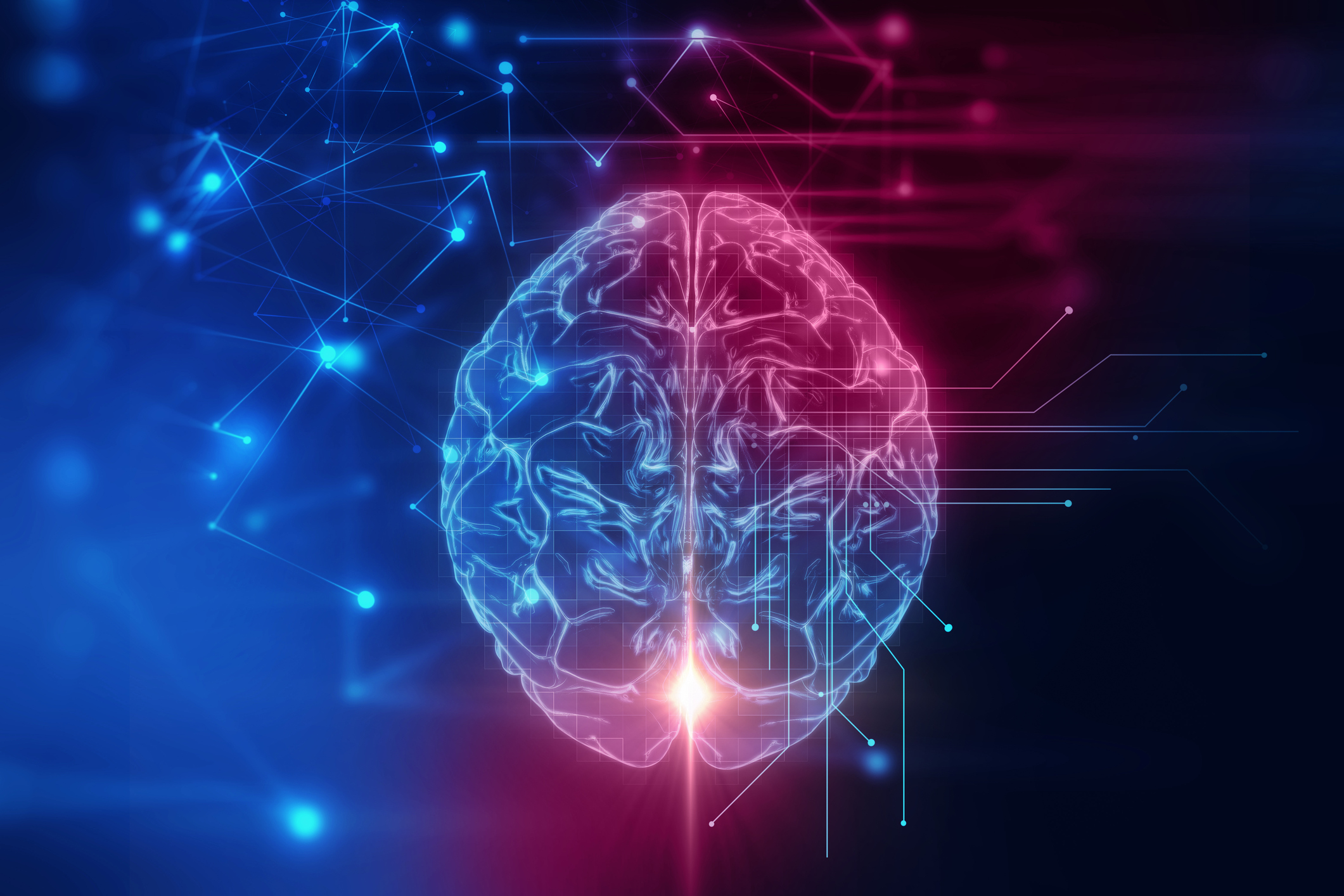#066 - Sports Concussions and Recovery

References:
Majerske, C. W., Mihalik, J. P., Ren, D., Collins, M. W., Reddy, C. C., Lovell, M. R., & Wagner, A. K. (2008). Concussion in sports: Postconcussive activity levels, symptoms, and neurocognitive performance. Journal of Athletic Training, 43(3), p. 265-274.
Based on Research by Cynthia Majerskeh, MD, Jason Mihalik, M.S., Dianxu Ren, Ph.D., et al. Psychology Science Minute written by Kyle Piecora, M.S..
The world of youth athletics has never been bigger. Countless families, who recognize the social and health benefits that athletics offer, enroll their children in youth sport leagues or school teams, travel to weekend sporting events, and cheer on friends and loved ones.
However, with the growing popularity and competitiveness, comes more awareness of major negative aspects of sports: concussions, mild traumatic brain injury (MTBI), or temporary loss of brain functioning. It is estimated that over 1 million MTBIs occur in the US each year, with many happening to high school and youth athletes. While concussions are immediate health risks, they also cause difficulties down the road. Leading neuropsychologists and medical researchers collaborated at the University of Pittsburgh; measuring athletes’ activity levels post concussion. They found that the higher the activity level in either physical or cognitive tasks, the longer it took to recover. Intense cognitive or physical activity (video games, school work, texting, sports, exercise) may prolong difficulties with attention, concentration, memory, emotional instability, headaches, and fatigue.
Parents, coaches, and players: after a concussion, be active in moderation or risk continuing problems! Florida Tech Faculty and psychologist trainees engage in concussion research and assessment with the athletic department, and have contributed much research about the topic.


 Give to Florida Tech
Give to Florida Tech 